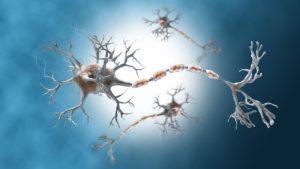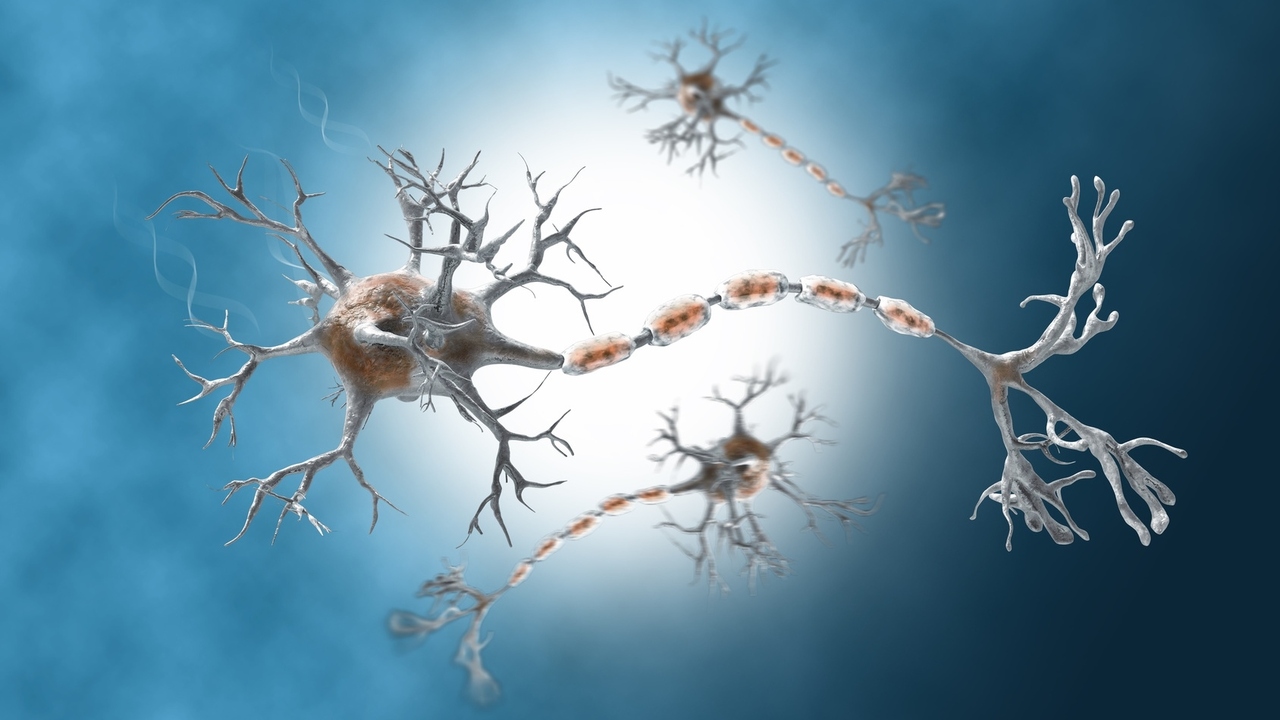
CC: Generalized Weakness
HPI: 55 y/o male presents complaining of 4 days of gradually worsening weakness in bilateral arms and legs. The patient also reports lower extremity pain one week ago, which resolved. Patient also complains of intermittent left sided back pain for the past couple of months that is exacerbated by walking. ROS: Positive for non-bloody diarrhea 2 weeks prior to presentation. Denies fever and vomiting at any time. No recent travels or sick contacts. Denies HA, dizziness, CP, SOB, or abdominal pain
Pertinent PE and Vitals: BP 172 / 82; Pulse 89; Resp 16; Temp 97.1; Pulse Ox 100% on R/A
GEN: Awake NAD.
EYES: PERRL, EOMI
NECK: supple, FROM, no meningismus
PULM: CTA in all fields, no tachypnea CARD: S1/S2 Normal. Normal rate.
NEURO: AAOX3. Lucid. Follows commands. CN 2-12 intact. No dysmetria bilaterally. No focal neurological deficits appreciated. Sensory intact. No drifts present in upper extremities. No dysarthria. Back: Mild painful ROM of lumbar region. No midline vertebral tenderness. No deformities. Deep tendon reflexes intact. 5/5 strength in all extremities.
Pertinent Labs (if any):
WBC 15.8 without any shift.
ED & Hospital Course: Patient was walked to evaluate gait in the setting of generalized weakness. She was able to ambulate with no ataxia. However, she was moving very slow and appeared globally weak. Patient stated this was not how she usually walks. A CT Head w/o Contrast followed by a lumbar puncture was then performed.
Lumbar Puncture (CSF Labs): RBC : 17,515 WBC: 21 Glucose: 103 Total Protein : 109
*LP was a traumatic 2nd attempt PLUS the samples were accidentally sent in a tube to the lab and dropped by the receiving lab tech. This contributed to the high RBC. Bonus Pearl – CSF tubes should always be hand delivered.
Working Diagnosis at time of Disposition : Guillain Barre Syndrome (GBS)
Neurology was consulted. Negative Inspiratory Force was performed with normal results. Patient was admitted to Neurology Floor with diagnosis of GBS. The patient improved after multiple doses of IVIG and was discharged from the hospital 1 week later with outpatient Neurology follow up
Pearls & Takeaways
Get a thorough history. Diarrhea is usually never important but in this case it was helpful in making the diagnosis. Ø Always walk your patients prior to discharge. Ø GBS is typically followed by a viral illness. Signs and symptoms include symmetric motor weakness that is usually ascending with little to no sensory involvement. Ø Progression of disease is over days to weeks. Ø Paralysis can ascend to the diaphragm. A Negative Inspiratory Force (NIF) test should be performed to evaluate the respiratory muscles. Intubate if FVC <15 mL/kg or negative inspiratory pressure < -25 cm H2O. Ø Albumin-cytological dissociation of CSF (high protein (>45) and low WBC count
